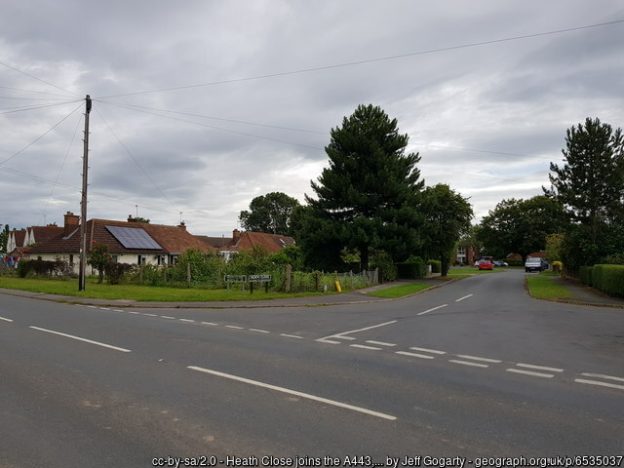Content warning: miscarriage/abortion
Here is another snippet on that vexed question: how did medieval law regard the foetus (something I have blogged about a bit.[i]
Much of the attention in this regard – including mine – has been on the law of homicide. That’s understandable, since we tend to think of the big question being ‘was it regarded as homicide, to end the life of a foetus?’. But here, in KB 27/590 m. 15d, is a Cornish case in which the aim is not to convict a person who had caused foetal death, but to obtain compensation for a ‘tort’.
It is from the King’s Bench plea roll for Michaelmas 1408. John Archer and his wife, Alice, brought a trespass action against David Renawedyn and seven other men, accusing them of having, (on a date the same year which seems to be May 16th, with a woman, not a defendant here, at ‘Aransawyth’[ii]), assaulted Alice, so that she miscarried (abortum fecit) to the great damage of John and Alice and against the king’s peace. They claimed that they should recover £100.
The defendants pleaded not guilty and the matter rested there, awaiting a jury. No end found just yet.
One is struck by the fact that both husband and wife brought the action. But then a married woman had to bring this sort of action in conjunction with her husband: we cannot really read into this a particular statement about the foetus being the man’s ‘property’, or the loss ‘really’ being his, since this is the way all trespass cases would have to be brought, when damage was done to the person of a woman. Unhelpful, too, for the historian, is the fact that the damage to Alice from the external force, and that from the consequent loss of the foetus, or the pregnancy, are not disentangled. We certainly can’t say that this is putting a particular financial value on the life or worth of a foetus in itself. However, it is an interesting indication that the loss to the expectant parents when a pregnancy was ended in a violent, wrongful, manner, could be calculated, and a claim for substantial compensation was plausible.
The existence of such a claim might be seen to confirm the impossibility of the homicide route with regard to a foetus, especially where the pregnant woman had not, herself, died. It could, though, simply be a case of choosing one of a number of overlapping modes of legal response to an offence. I still think much remained unclear and ‘up for grabs’ in the law on the foetus in medieval England, but there is certainly more thinking and research to be done on this point.
GS
28/5/2024
Image – Perranporth: probably not where any of this took place, but a fine view.
[ii] Not sure about this name – it looks like some mangled Kernewek to me, but someone else may have a better idea.


